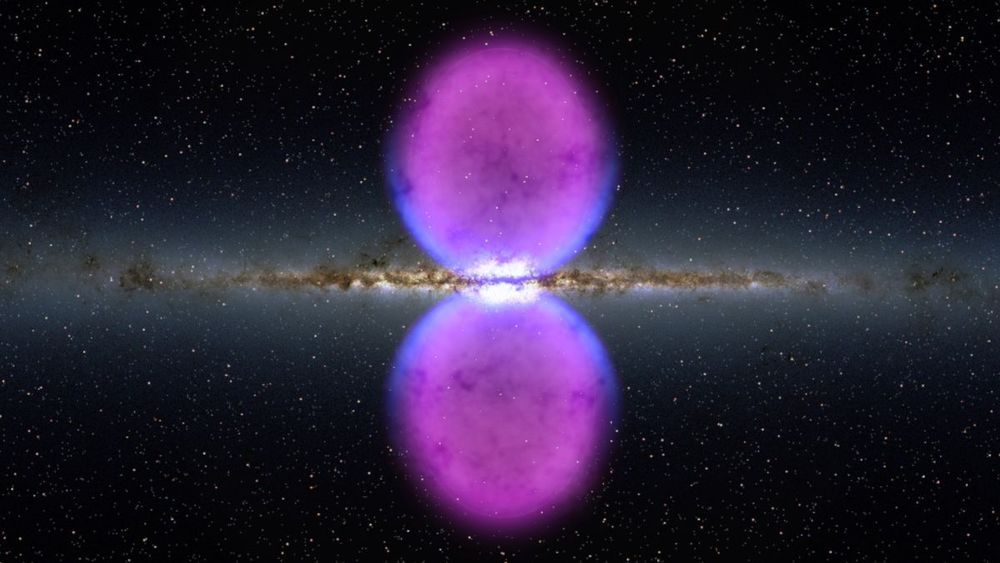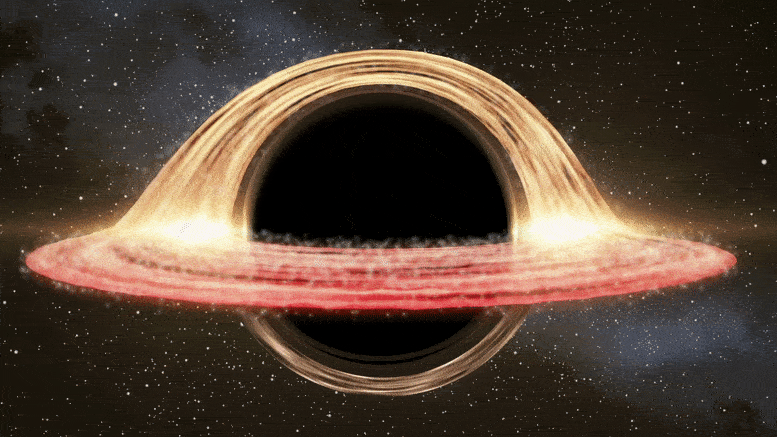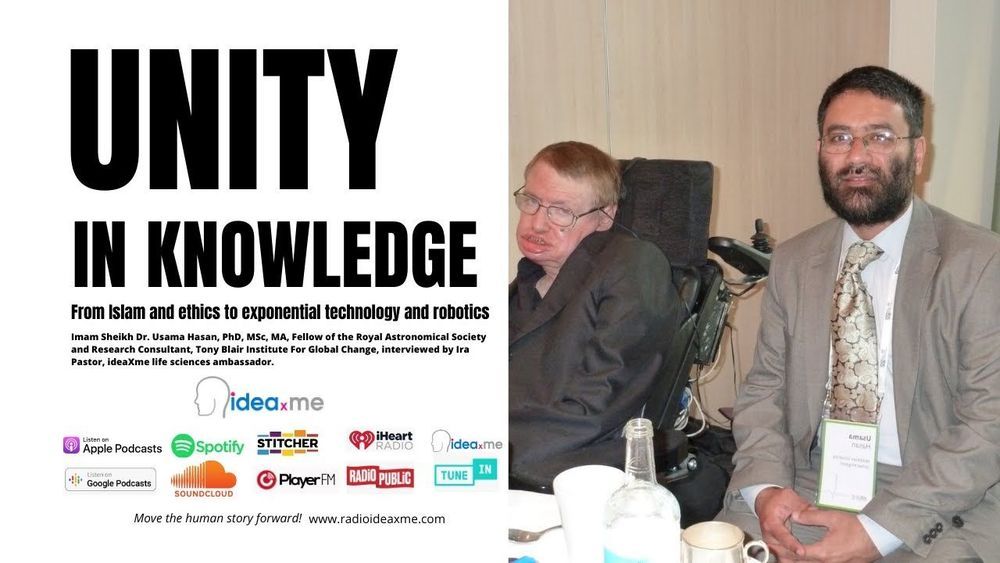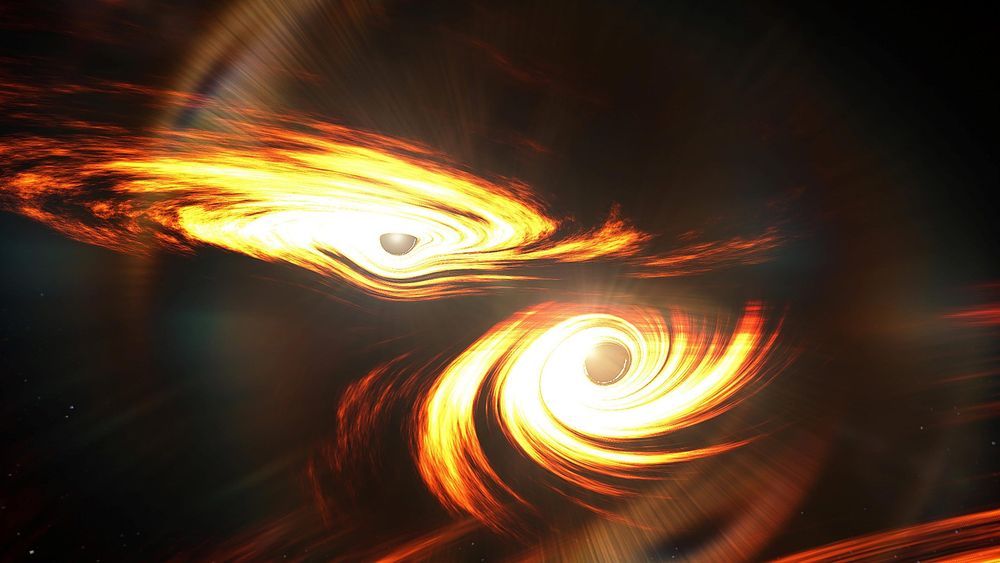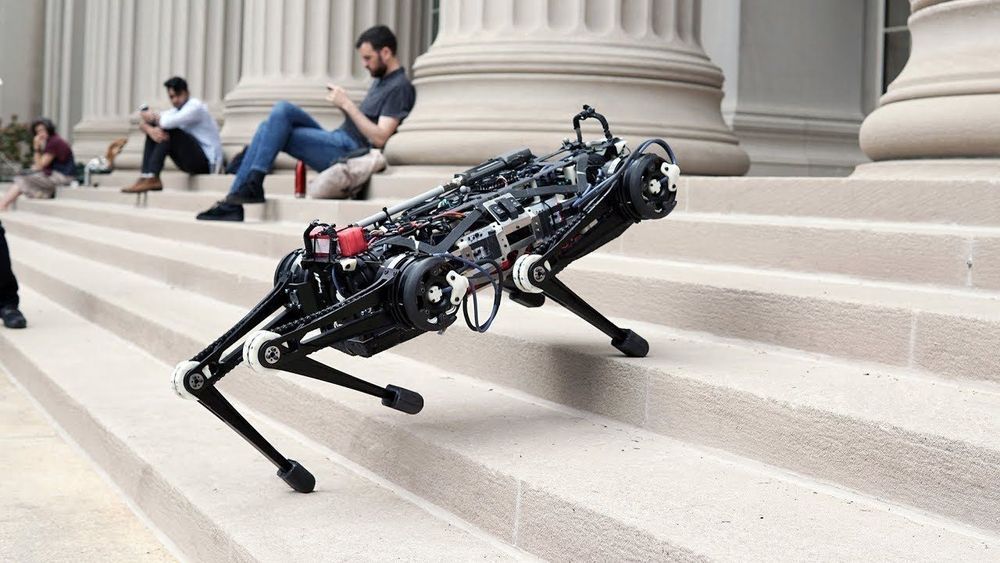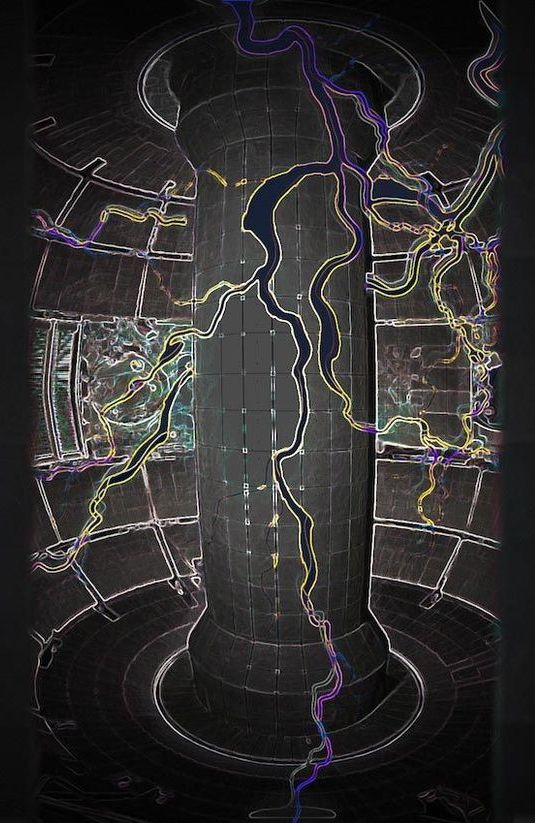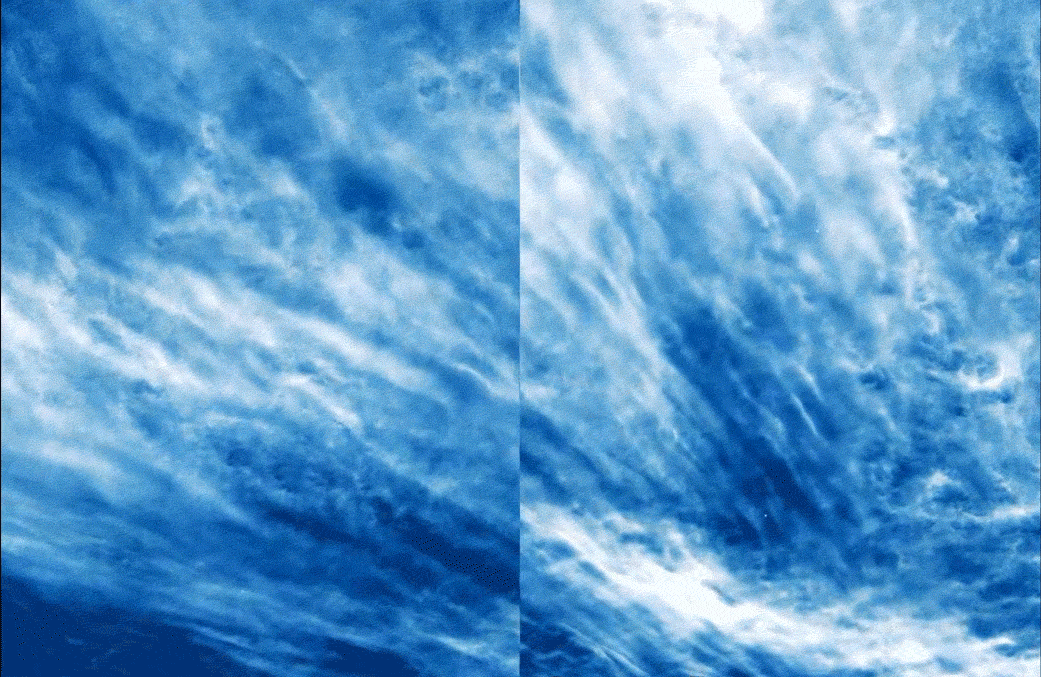Sure, it was wildfire smoke that made parts of California and Oregon change hue. But inside that smoke was alchemy — the chemistry and physics of molecules and wavelengths.
Category: physics – Page 235
Tracy Slatyer, known for hunting dark matter in our galaxy and discovering evidence of an ancient Milky Way explosion, has won a $100,000 prize funded by tech billionaires.
Through simulations of a dying star, a team of theoretical physics researchers have found the evolutionary origin and the maximum mass of black holes which are discovered by the detection of gravitational waves as shown in Figure 1.
The exciting detection of gravitational waves with LIGO (laser interferometer gravitational-wave observatory) and VIRGO (Virgo interferometric gravitational-wave antenna) have shown the presence of merging black holes in close binary systems.
A pulsed gravitational wave wormhole system that teleports a human being through hyperspace from one location to another.
Discussing STEM, the future, and transhumanism with an islamic scholar / scientist.
Ira Pastor, ideaXme life sciences ambassador interviews Imam Sheikh Dr. Usama Hasan, PhD, MSc, MA, Fellow of the Royal Astronomical Society and Research Consultant at the Tony Blair Institute For Global Change.
Ira Pastor comments:
Today, on the ideaXme show we are going to segue back towards the fascinating intersection of science and spirituality.
We are joined by Imam Sheikh Dr. Usama Hasan, most recently Senior Researcher and Head of Islamic Studies at Quilliam International, a think tank and worlds first counter-extremism organization, where he was a founding advisor to the organization since 2008.
The most massive black hole collision ever detected has been directly observed by the LIGO and VIRGO Scientific Collaboration, which includes scientists from The Australian National University (ANU).
The short gravitational wave signal, GW190521, captured by the LIGO and Virgo gravitational wave observatories in the United States and Europe on May 21 last year, came from two highly spinning, mammoth black holes weighing in at a massive 85 times and 66 times the mass of the Sun, respectively.
But that is not the only reason this system is very special. The larger of the two black holes is considered “impossible.” Astronomers predict that stars between 65 – 130 times the mass of the Sun undergo a process called pair instability, resulting in the star being blown apart, leaving nothing behind.
Vision-free MIT Cheetah
Posted in bioengineering, mathematics, physics, robotics/AI
MIT’s Cheetah 3 robot can now leap and gallop across rough terrain, climb a staircase littered with debris, and quickly recover its balance when suddenly yanked or shoved, all while essentially blind.
Watch more videos from MIT: https://www.youtube.com/user/MITNewsOffice?sub_confirmation=1
The Massachusetts Institute of Technology is an independent, coeducational, privately endowed university in Cambridge, Massachusetts. Our mission is to advance knowledge; to educate students in science, engineering, and technology; and to tackle the most pressing problems facing the world today. We are a community of hands-on problem-solvers in love with fundamental science and eager to make the world a better place.
The MIT YouTube channel features videos about all types of MIT research, including the robot cheetah, LIGO, gravitational waves, mathematics, and bombardier beetles, as well as videos on origami, time capsules, and other aspects of life and culture on the MIT campus. Our goal is to open the doors of MIT and bring the Institute to the world through video.
Electric current is everywhere, from powering homes to controlling the plasma that fuels fusion reactions to possibly giving rise to vast cosmic magnetic fields. Now, scientists at the U.S. Department of Energy’s (DOE) Princeton Plasma Physics Laboratory (PPPL) have found that electrical currents can form in ways not known before. The novel findings could give researchers greater ability to bring the fusion energy that drives the sun and stars to Earth.
“It’s very important to understand which processes produce electrical currents in plasma and which phenomena could interfere with them,” said Ian Ochs, graduate student in Princeton Universitys Program in Plasma Physics and lead author of a paper selected as a featured article in Physics of Plasmas. “They are the primary tool we use to control plasma in magnetic fusion research.”
It’s like something out of Stranger Things, but with fewer Demogorgons and less of the sinister darkness: physicists have flipped reality on its head, creating their own ‘upside down’ by getting small boats to float underneath a levitating liquid.
Seeing it in action, you would think you were watching some kind of sci-fi movie effect, but it’s all to do with the forces of vertical vibration. It’s already been established that some carefully calibrated vertical shaking can keep liquid suspended inside a container, and here the team has taken advantage of the phenomenon.
In this new study, not only do they achieve the suspension, but demonstrate that it’s possible to create a similar balance of forces in the lower half of the chamber as in the upper half: when put on the upside down surface of a viscous liquid, a small model boat or ball will stay in place.
Giant balloons launched into the stratosphere to beam internet service to Earth have helped scientists measure tiny ripples in our upper atmosphere, uncovering patterns that could improve weather forecasts and climate models.
The ripples, known as gravity waves or buoyancy waves, emerge when blobs of air are forced upward and then pulled down by gravity. Imagine a parcel of air that rushes over mountains, plunges toward cool valleys, shuttles across land and sea and ricochets off growing storms, bobbing up and down between layers of stable atmosphere in a great tug of war between buoyancy and gravity. A single wave can travel for thousands of miles, carrying momentum and heat along the way.
Although lesser known than gravitational waves —undulations in the fabric of space-time— atmospheric gravity waves are ubiquitous and powerful, said Stanford University atmospheric scientist Aditi Sheshadri, senior author of a new study detailing changes in high-frequency gravity waves across seasons and latitudes. They cause some of the turbulence felt on airplanes flying in clear skies and have a strong influence on how storms play out at ground level.

